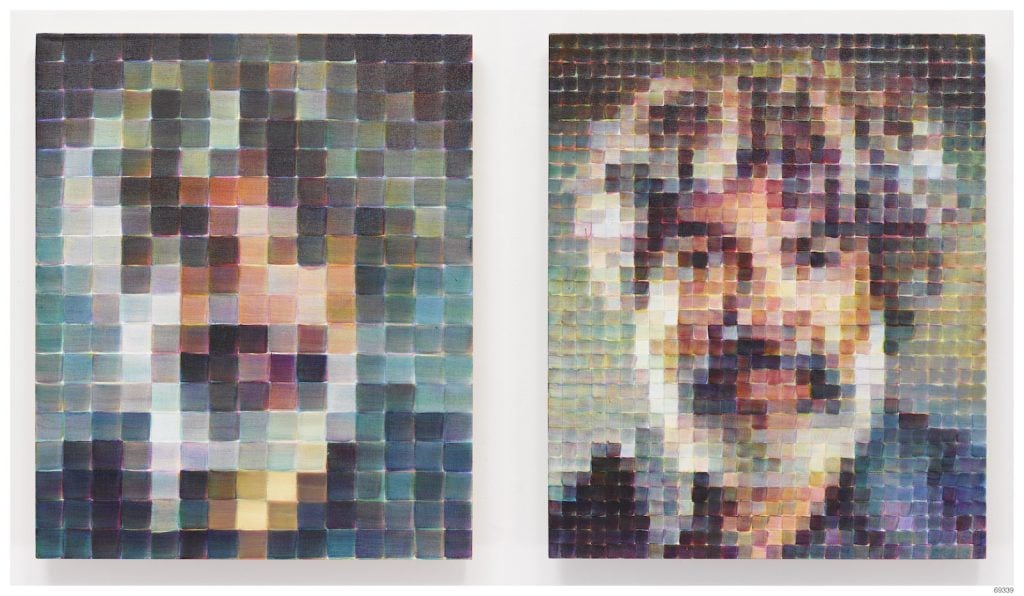Art & Exhibitions
Testing the Market for a Controversial Artist, Pace Will Exhibit Chuck Close’s Last Works
Close apologized for inappropriate behavior. Will collectors look past the accusations?

Close apologized for inappropriate behavior. Will collectors look past the accusations?

Brian Boucher

Pace is mounting its first exhibition of work by the late artist Chuck Close, whom the gallery has represented since 1977. The show may answer the question of whether the art market, and the art world in general, will support the work of an artist who was accused of inappropriate behavior by models in one of the most prominent art-world examples of the Me Too movement.
“Red, Yellow and Blue: The Last Paintings” will feature paintings, photographs, and works on paper, most of them formerly unseen, all employing only the three primary colors. A catalogue will feature a formerly unpublished 2018 conversation between Close and the artist Cindy Sherman (also known for her depictions of faces and her self-portraits), originally commissioned for the Brooklyn Rail. Also featured will be a new essay by critic Carter Ratcliff on the late works and one by Barbara Knappmeyer, associate director and scientific program manager at the New York Academy of Sciences, on Close’s work in the context of facial recognition technology.
Two former models accused Close of sexually inappropriate behavior in 2017. He apologized for his “dirty mouth.” According to his CV on Pace’s website, after the accusations emerged, he had no solo shows until 2020; he had only three solo presentations in 2020 and 2021, and none since then. Zachary Small, writing for Artnet News in 2021, asked whether his supporters could stage a posthumous comeback. His works have sold at auction for as much as $4.3 million, fetched by a 1971–72 portrait of painter John Roy at Sotheby’s New York in 2005.
Close became known for his large-scale photorealist portraits that departed from the dominant paradigm of Minimalist art in the 1960s and 1970s. He painted self-portraits as well as a who’s who of cultural figures, including Cecily Brown, Alex Katz, Richard Serra, and Cindy Sherman. His focus on faces grew partly out of his having suffered from facial blindness. In 1988, Close suffered a spinal aneurysm that left him paralyzed, and he relied on a wheelchair for the rest of his life. He was able to paint—despite doctors’ predictions—after extensive rehabilitation and through the use of brush-holding devices strapped to his wrist and forearm.
Close’s work resides in public collections internationally, including those of the J. Paul Getty Museum in Los Angeles, the Museum of Modern Art in New York, Tate Gallery in London, and the Musée national d’art moderne, Centre Georges Pompidou in Paris.
“Red, Yellow and Blue: The Last Paintings” is on view at Pace Gallery, 510 West 25th Street, New York, through April 13.